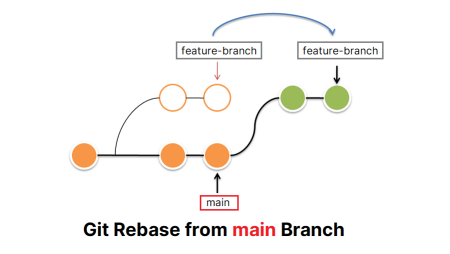Adding and removing software repositories in Fedora using DNF is a simple yet essential task for managing software on your system. Repositories are like online libraries where Fedora gets its software packages. By adding a repository, you give Fedora access to more software. Conversely, removing a repository can help keep your system clean and organized. This guide will walk you through the basic steps to add or remove a repository using DNF, Fedora’s default package manager. Whether you’re a beginner or just need a quick refresher, you’ll find these instructions straightforward and easy to follow.
Adding Repositories Manually
To add a repository, you need to create a new .repo file in the /etc/yum.repos.d/ directory. Let’s say we want to add a repository called ‘MyRepo’. Here are the steps:
- Open Terminal: You can do this by pressing Ctrl + Alt + T on your keyboard.
- Create a New File: Type sudo nano /etc/yum.repos.d/MyRepo.repo in the terminal and press Enter. Replace ‘MyRepo’ with the name of your repository.
- Add the Repository Details: In the editor, add your repository details. Below is an example of what this might look like:
[MyRepo] name=My Repository baseurl=http://www.example.com/myrepo/ enabled=1 gpgcheck=1 gpgkey=http://www.example.com/myrepo/RPM-GPG-KEY-my-repoIn the example above:
- `MyRepo`: Is the repository ID.
- `name`: The human-readable name of the repository.
- `baseurl`: The URL for the repository.
- `enabled=1`: This enables the repository. To disable, change this to 0.
- `gpgcheck=1`: This enables GPG signature checking. To disable, change this to 0.
- `gpgkey`: The URL for the GPG key that should be used to sign the packages.
- Save and Close: Press Ctrl + X, then Y to save and exit.
- Update DNF: To make sure that DNF knows about your new repository, update it using sudo dnf makecache.
Adding Repositories with DNF config-manager
DNF config-manager is a plugin for DNF that manages your repositories as well as DNF configuration. While the basic DNF does a wonderful job, the config-manager can simplify your life even more, making adding and removing repositories much easier.
- Before proceeding, ensure the dnf-plugins-core package is installed in your Fedora system. If not, you can install it using:
sudo dnf install dnf-plugins-core - Adding Repositories with DNF config-manager: Let’s say you want to add a repository from the URL http://www.example.com/myrepo/. With dnf config-manager, it’s as simple as this:
sudo dnf config-manager --add-repo http://www.example.com/myrepo/The above command will create a .repo file under /etc/yum.repos.d/ for you.
- Enabling and Disabling Repositories: The dnf config-manager can also be used to enable and disable repositories. To enable a repository, use the –set-enabled option:
sudo dnf config-manager --set-enabled MyRepoSimilarly, to disable a repository, use the –set-disabled option:
sudo dnf config-manager --set-disabled MyRepoRemember to replace ‘MyRepo’ with the name of your repository.
Removing Repositories
Removing a repository is simpler. All you need to do is delete the .repo file you wish to remove. To remove the ‘MyRepo’ repository, you would:
- Open a terminal by pressing Ctrl + Alt + T.
- Then delete the repository file using rm command.
sudo rm /etc/yum.repos.d/MyRepo.repo
After performing these steps, DNF will no longer know about the repository, and it will not attempt to retrieve or install packages from it.
Conclusion
Repositories are integral to package management on Fedora, and understanding how to add and remove them is a crucial part of managing your system. The DNF tool makes this easy, and it is a powerful tool for package management.
Remember, when dealing with third-party repositories, only add repositories from sources that you trust, as packages installed from a repository have the same level of access to your system as any other software. Always ensure you have verified the integrity and authenticity of any third-party repository before adding it to your system.

